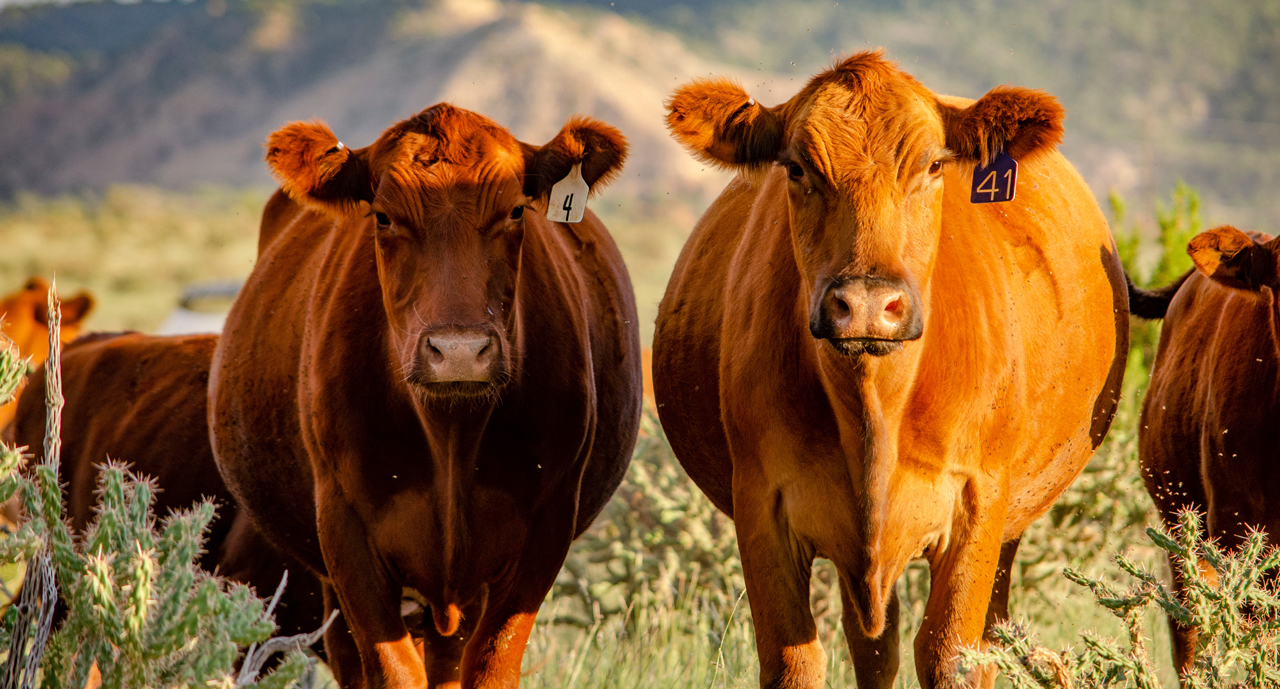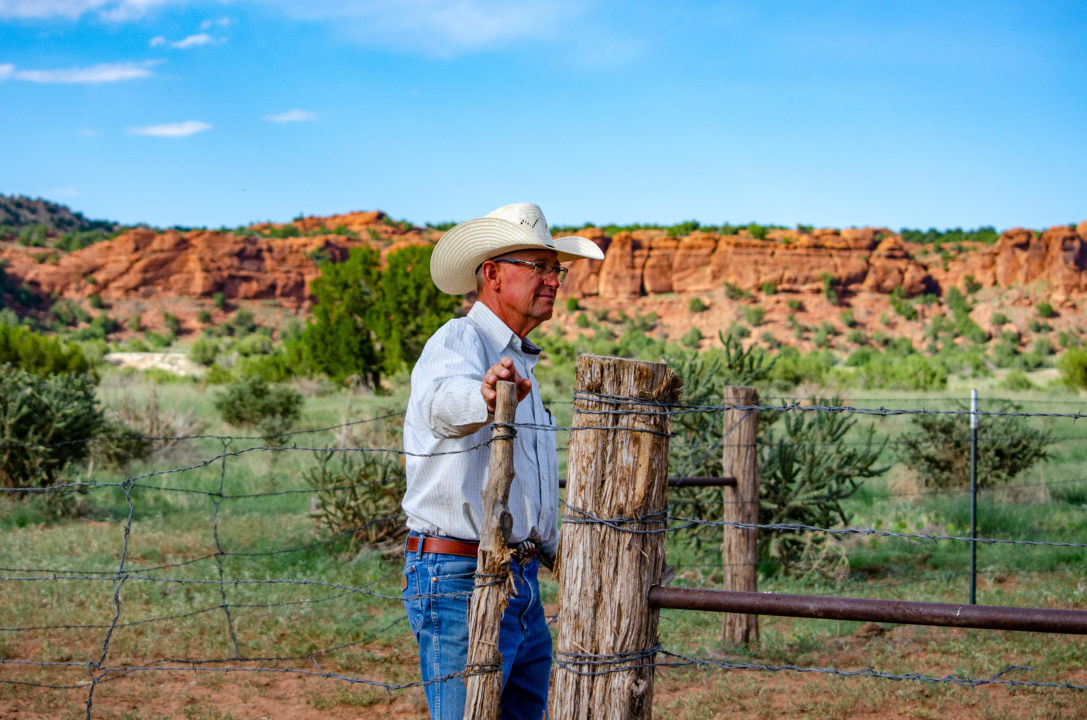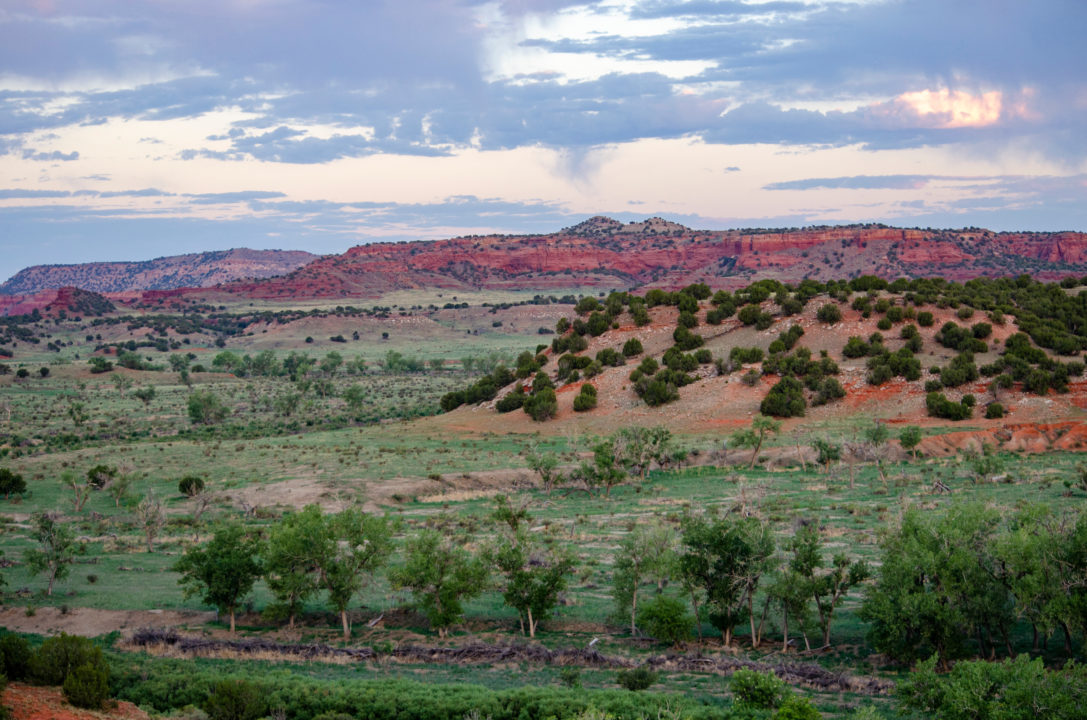Beef Is Tonight’s Sustainable Dinner Option
You may be surprised to learn that beef production in the U.S. has a lot of positive impacts on the environment, including right here in Colorado.
You’ve heard the one about the cow who burped methane, right?
It’s true that he (or she) released greenhouse gas into the air, but the idea that cows’ belching is a significant contributor to the climate change crisis? Not so much. Unlike carbon, which persists in the atmosphere for centuries, the life cycle of methane is only about 12 years. That’s resulted in “a misinterpretation of methane’s role in warming the climate,” according to researchers at the University of California, Davis. (Scientists associated with the University of Oxford are even pioneering a new way of measuring emissions that accounts for differences between these short- and long-lived pollutants.)
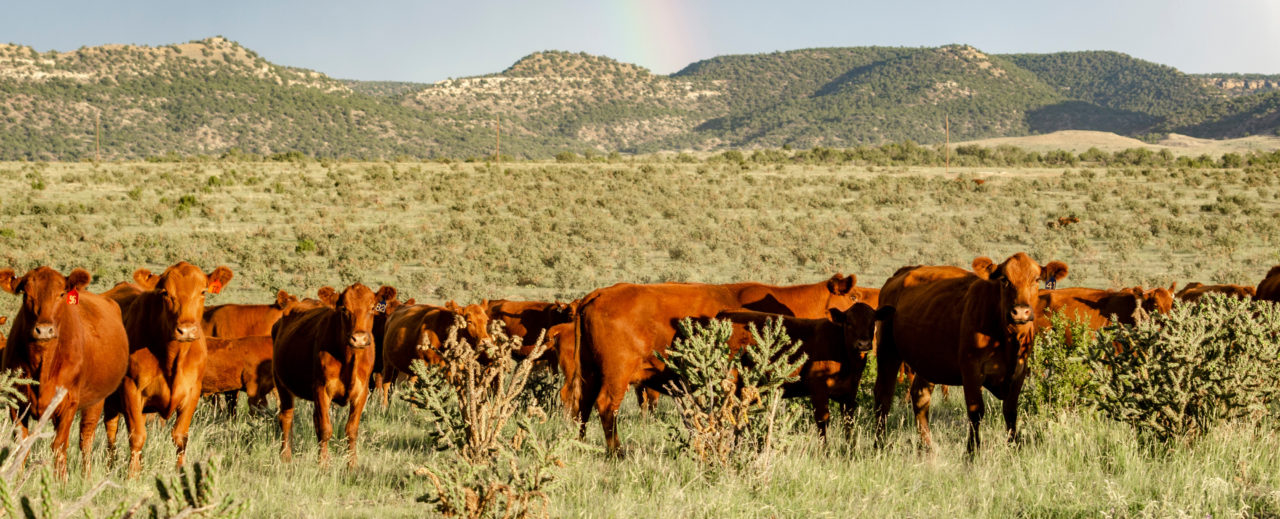
In recent years, the beef industry has been drawn as a bad environmental actor, particularly as climate conscious eaters look to build their dinner plates from local, organic, environmentally-friendly crops. But the reality is that cattle production is a sustainable activity that can help nurture the land, even right here in Colorado.
Beatty Canyon Ranch exemplifies sustainability.
Steve Wooten is a fourth-generation rancher in Kim, a small southeastern Colorado town. The oddly shaped red rock formations and spiky cacti that make up his family’s 27,000-acre Beatty Canyon Ranch were purchased by Wooten’s great-grandfather in 1929.
The nearly 600 Red Angus cattle who reside on the property are just one of the ranch’s economic drivers, but they’re integral to maintaining the semi-arid landscape. “What really sustains us is the ground. It’s the soil, the vegetation,” Wooten says. “We like to say we’re grass farmers, and we use cattle to harvest our crop.”
In 2020, Beatty Canyon was awarded a regional Environmental Stewardship Award from the National Cattlemen’s Beef Association (NCBA). The ranch team has built stock ponds and placed water tubs in areas where the cattle typically don’t roam to encourage them to graze more uniformly. A rotational grazing plan means the cows are moved more frequently so grazed pastures have longer to rest and recover and the manure has time to break down and filter back into the soil as fertilizer. (Healthy soils sequester carbon, support plant growth, sustain wildlife, and help clean water.) As a result, “we’re seeing more total vegetation grown in the period after the graze before you come back with cattle again,” Wooten says. “We’re producing more pounds per acre of forage per year than we used to.” Decisions are often governed by the land itself: During drought periods, the cattle may only be let into a pasture once; if the forage seems abnormally low, Wooten will reduce the overall size of his cow herd to avoid overtaxing the land.
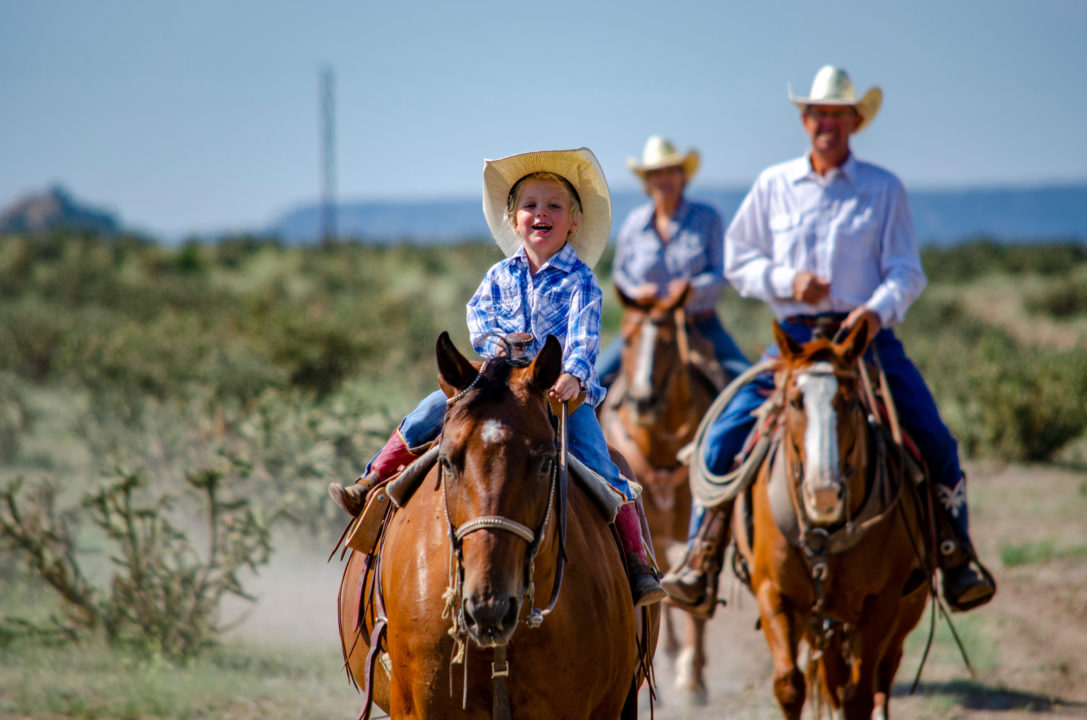
Years in the making.
Wooten’s enterprise is just one example of how the U.S. has been able to produce the most sustainable beef in the world. Globally, all livestock contribute 14.5 percent of greenhouse gas emissions, but beef cattle in the U.S. are responsible for just two percent of direct emissions, according to the U.S. Environmental Protection Agency. (That number rises to only 3.7 percent when you add in the production of animal feed as well as fuel and electricity.) “We have the lowest greenhouse gas emissions intensity in the entire world, and we have for 20-plus years,” says Myriah Johnson, senior director of beef sustainability research for the NCBA.
To achieve that top-in-class ranking, farmers and ranchers have spent years improving animal health, genetics, and production practices. As a result of this increased efficiency, today’s consumers have access to more beef—approximately 27 billion pounds annually—from 33 percent fewer animals. And the industry saw a 30 percent reduction in its carbon footprint between 1975 and 2017.
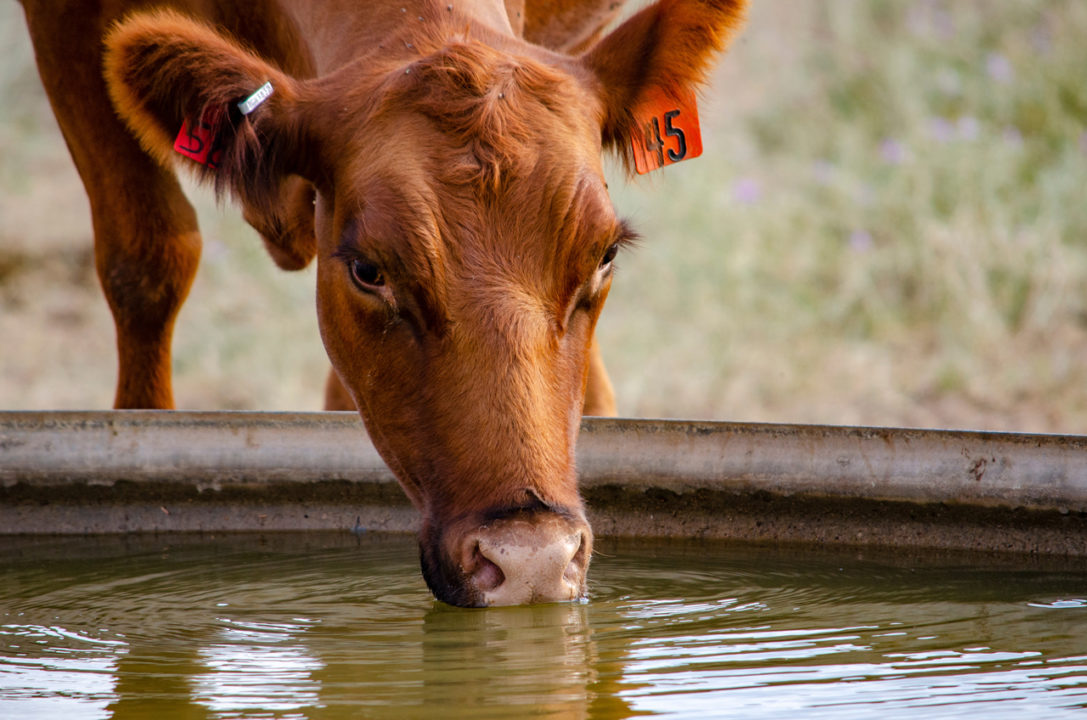
Cattle are also relegated to rangeland that is otherwise unworkable, which helps to expand food production and security. The greenery they munch on isn’t consumable for humans, but the bovines upcycle it into a nutrient-rich protein (that would be beef). “We take a fully renewable resource in grasses and forages, we use a cow that is a recycling unit in herself, and she upgrades that human inedible product of grass into a high-density, protein- and vitamin-rich product, and then repeats it year after year after year,” Wooten says. A 2018 study found that cows contribute more than three times as much high-quality protein to the U.S. food supply as they consume.
In the West, grazing cows can be particularly beneficial for the landscape by “reducing fuel loads for potential wildfires,” Johnson says. “When fire does catch, there’s not as much there to burn and those fires are smaller and can be more easily contained and hopefully do less damage.”
More than just a sustainable dinner.
But sustainability isn’t just about environmental stewardship. There are social and economic factors to consider, too. More than 90 percent of beef farms and ranches in the U.S. are family-owned, just like Beatty Canyon. “They care deeply about their local communities, the natural systems they’re caretakers of, their cattle, and the consumer,” Wooten says of his fellow ranchers.
The food source itself is also a nutritional powerhouse, containing 10 essential nutrients, including protein, iron, and zinc, while maintaining a low calorie count.
Every item we consume has environmental and economic pluses and minuses, including beef. There is room for improvement in the industry, of course, but beef can—and should—be part of a balanced and, yes, sustainable diet. So, what’s for dinner?
Sponsored by NCBA, a Contractor to the Beef Checkoff
Photos: NCBA/Baxter Communications

